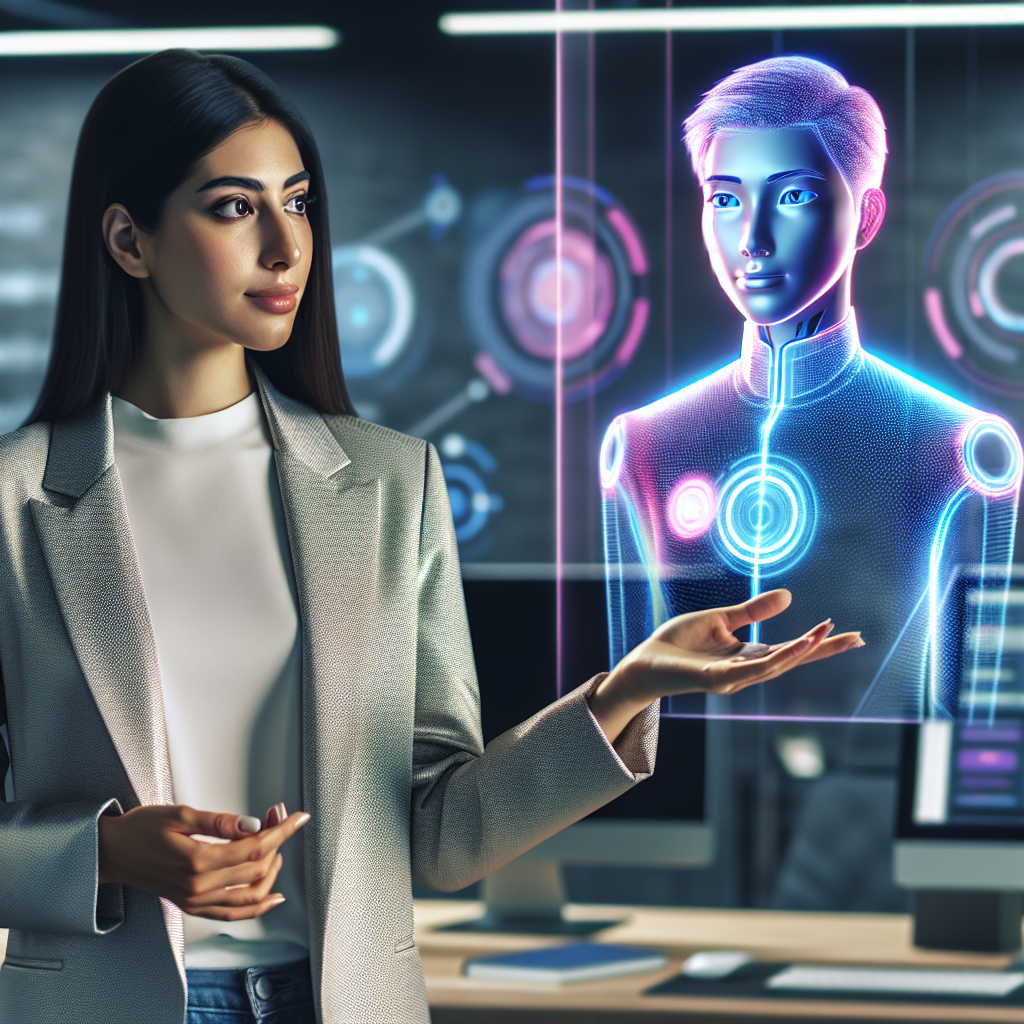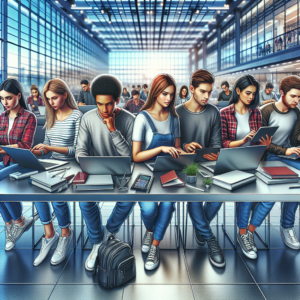Nvidia CEO Jensen Huang Advocates for AI Tutors in Education
In a recent statement that has sparked considerable interest in the tech community, Nvidia CEO Jensen Huang emphasized the transformative potential of artificial intelligence in education, specifically advocating for the adoption of AI tutors. Huang’s comments highlight the growing importance of AI in enhancing learning experiences and making education more accessible.
The Vision for AI in Education
Huang believes that every student should have access to an AI tutor, which would provide personalized learning experiences tailored to their unique needs. This vision stems from the understanding that traditional educational methods often fail to address diverse learning styles and paces among students. By leveraging AI technology, students can receive real-time feedback and support, thus enabling them to learn at their own speed.
With the advent of AI, the educational landscape is poised for a significant shift. AI tutors can adapt to individual learning patterns, helping students grasp complex concepts more effectively than standard classroom instruction. Huang argues that such technology can bridge the gap for students who may struggle with traditional teaching methods, ensuring that no student is left behind.
Why AI Tutors Make Sense
The rationale behind Huang’s advocacy for AI tutors is compelling. Here are some key reasons:
1. Personalized Learning: AI tutors can analyze a student’s performance and tailor lessons accordingly, focusing on areas where they need improvement while accelerating through topics they have already mastered.
2. 24/7 Availability: Unlike traditional tutors or teachers, AI systems are available around the clock. This flexibility allows students to seek help whenever they need it, making education more accessible.
3. Cost-Effectiveness: AI tutors can significantly reduce the costs associated with hiring private tutors, thus democratizing access to quality education for students from various socioeconomic backgrounds.
4. Scalability: With the ability to serve countless students simultaneously, AI tutors can reach a larger audience than human tutors ever could, potentially revolutionizing the education sector.
Potential Challenges and Concerns
While Huang’s vision for AI tutors is promising, it does not come without challenges. There are several concerns that educators, parents, and policymakers must consider:
1. Equity in Access: While AI tutors can democratize education, access to the technology is still uneven across different regions and socioeconomic groups. Ensuring that all students can benefit from AI-powered learning tools will require significant investment in infrastructure and resources.
2. Dependence on Technology: Relying heavily on AI tutors could lead to a decline in critical thinking and problem-solving skills. Students may become too dependent on technology and lose the ability to learn independently.
3. Data Privacy: With AI systems collecting data on student performance and behavior, there are legitimate concerns about privacy and how that data will be used. Safeguards must be implemented to protect student information.
4. Quality of AI Content: The effectiveness of AI tutors depends on the quality of the algorithms and the educational materials they provide. Ensuring that AI systems are continuously updated and aligned with educational standards is crucial for their success.
Real-World Applications of AI Tutors
Despite the challenges, there are already numerous examples of AI tutors making a positive impact on education. Companies like Duolingo leverage AI to personalize language learning, adjusting lessons based on users’ progress and areas of difficulty. Similarly, platforms like Coursera and Khan Academy are using AI algorithms to recommend courses and tailor learning experiences for users.
Moreover, in the realm of K-12 education, some schools are beginning to integrate AI tools into their curriculum. For instance, programs that help students practice math or reading skills adaptively adjust the difficulty based on ongoing assessments, creating a more engaging and effective learning environment.
The Future of AI Tutors
As technology continues to advance, the role of AI in education is only expected to grow. Huang’s call for everyone to get an AI tutor may soon become a reality, with educational institutions increasingly adopting these tools to enhance learning outcomes.
In the coming years, we could see a future where classrooms are supplemented with AI tutors that provide instant feedback and support, allowing teachers to focus more on facilitating discussions and fostering critical thinking skills. This hybrid model of education could lead to better student engagement and improved academic performance.
Conclusion: Embracing Change in Education
Jensen Huang’s advocacy for AI tutors is a reminder that the intersection of technology and education holds immense promise. As we navigate this uncharted territory, it is vital for stakeholders in the education sector—teachers, parents, and policymakers—to embrace the change and work collaboratively to ensure that AI is used responsibly and effectively.
By investing in AI technology and addressing the challenges it presents, we can create an educational environment that is not only more inclusive but also more capable of meeting the diverse needs of all learners. With the right approach, the vision of AI tutors as essential companions in education could very well become a reality, transforming how we teach and learn for generations to come.



